Narishige Abe
A Human-Centered Risk Evaluation of Biometric Systems Using Conjoint Analysis
Sep 17, 2024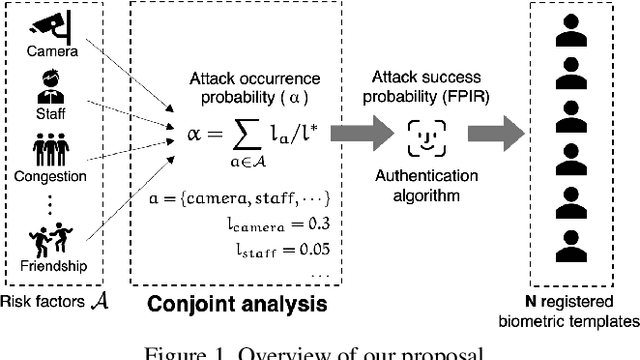
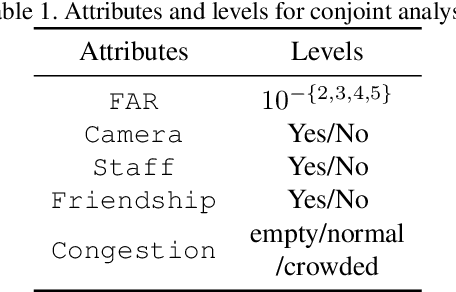
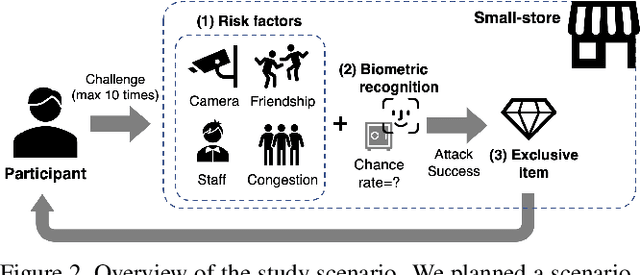
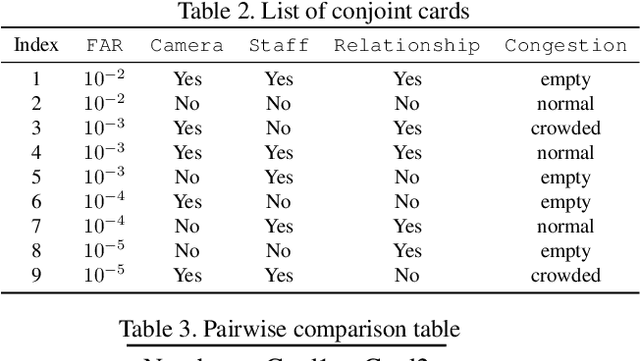
Abstract:Biometric recognition systems, known for their convenience, are widely adopted across various fields. However, their security faces risks depending on the authentication algorithm and deployment environment. Current risk assessment methods faces significant challenges in incorporating the crucial factor of attacker's motivation, leading to incomplete evaluations. This paper presents a novel human-centered risk evaluation framework using conjoint analysis to quantify the impact of risk factors, such as surveillance cameras, on attacker's motivation. Our framework calculates risk values incorporating the False Acceptance Rate (FAR) and attack probability, allowing comprehensive comparisons across use cases. A survey of 600 Japanese participants demonstrates our method's effectiveness, showing how security measures influence attacker's motivation. This approach helps decision-makers customize biometric systems to enhance security while maintaining usability.
RTAT: A Robust Two-stage Association Tracker for Multi-Object Tracking
Aug 14, 2024

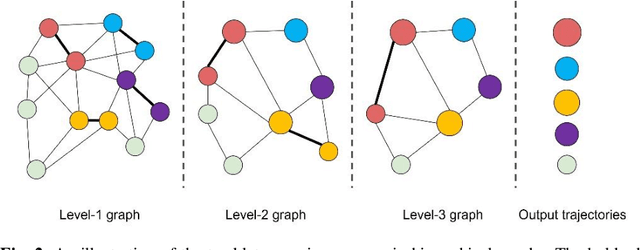

Abstract:Data association is an essential part in the tracking-by-detection based Multi-Object Tracking (MOT). Most trackers focus on how to design a better data association strategy to improve the tracking performance. The rule-based handcrafted association methods are simple and highly efficient but lack generalization capability to deal with complex scenes. While the learnt association methods can learn high-order contextual information to deal with various complex scenes, but they have the limitations of higher complexity and cost. To address these limitations, we propose a Robust Two-stage Association Tracker, named RTAT. The first-stage association is performed between tracklets and detections to generate tracklets with high purity, and the second-stage association is performed between tracklets to form complete trajectories. For the first-stage association, we use a simple data association strategy to generate tracklets with high purity by setting a low threshold for the matching cost in the assignment process. We conduct the tracklet association in the second-stage based on the framework of message-passing GNN. Our method models the tracklet association as a series of edge classification problem in hierarchical graphs, which can recursively merge short tracklets into longer ones. Our tracker RTAT ranks first on the test set of MOT17 and MOT20 benchmarks in most of the main MOT metrics: HOTA, IDF1, and AssA. We achieve 67.2 HOTA, 84.7 IDF1, and 69.7 AssA on MOT17, and 66.2 HOTA, 82.5 IDF1, and 68.1 AssA on MOT20.
 Add to Chrome
Add to Chrome Add to Firefox
Add to Firefox Add to Edge
Add to Edge